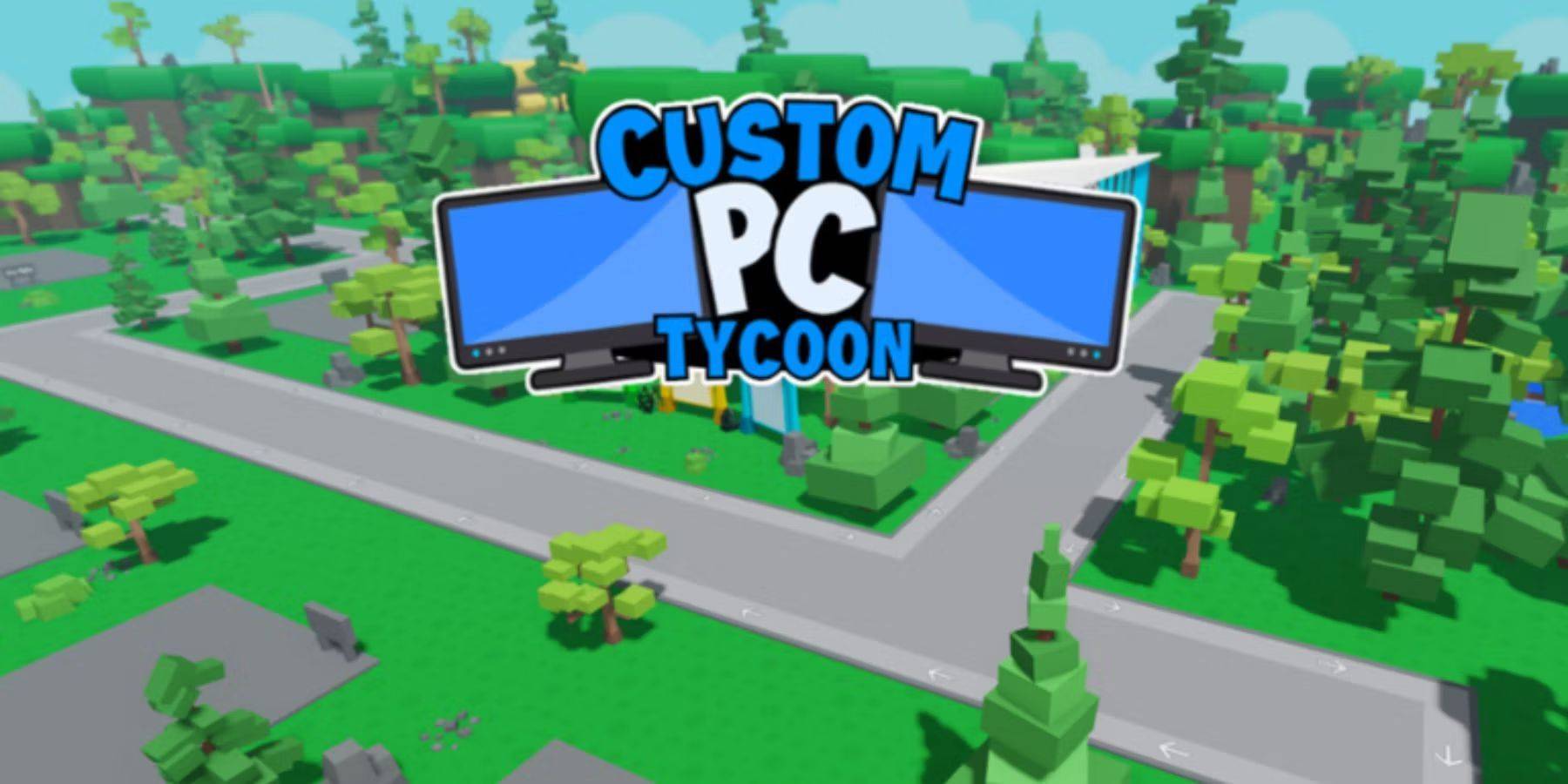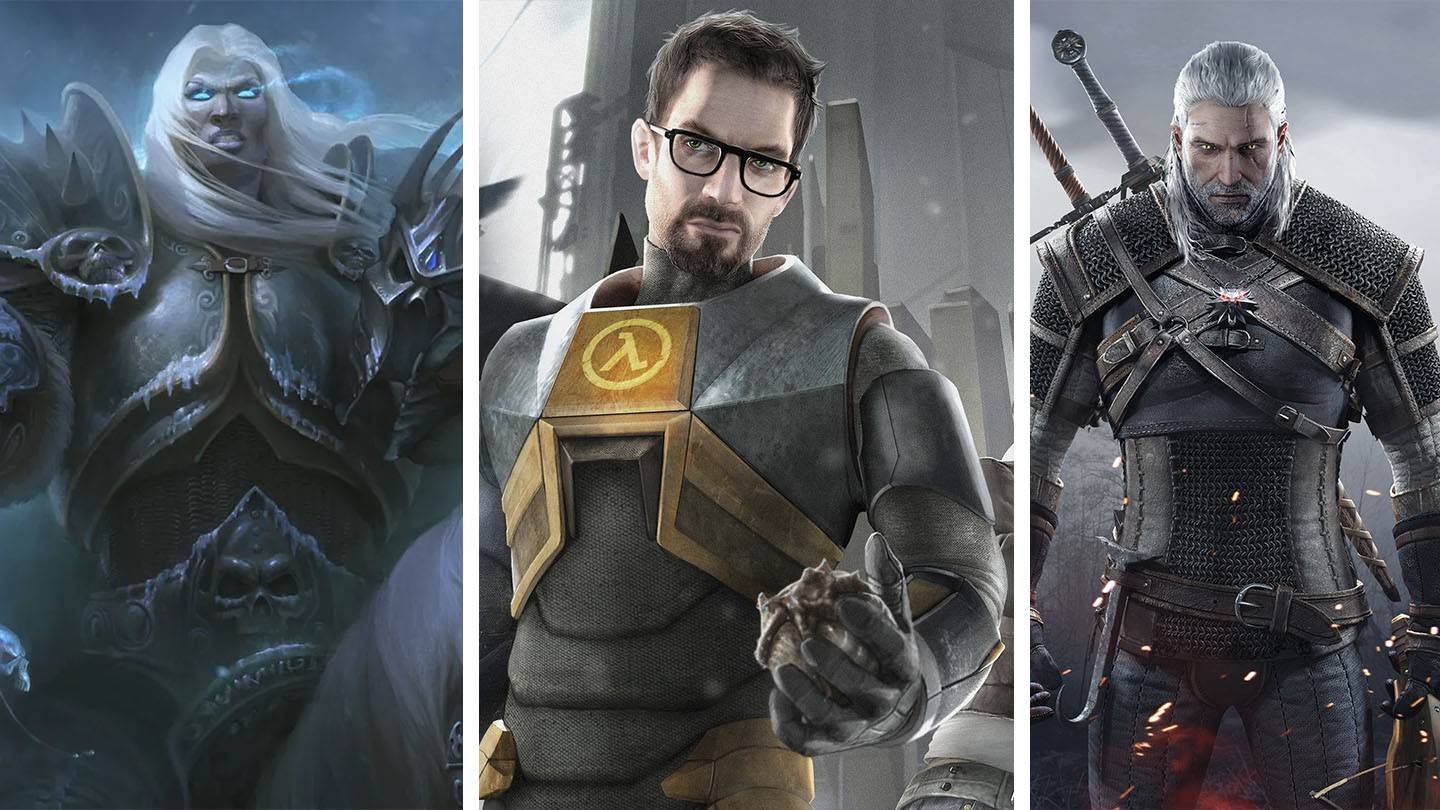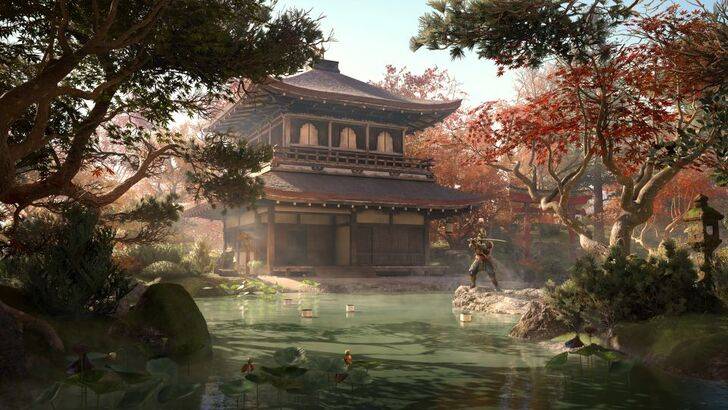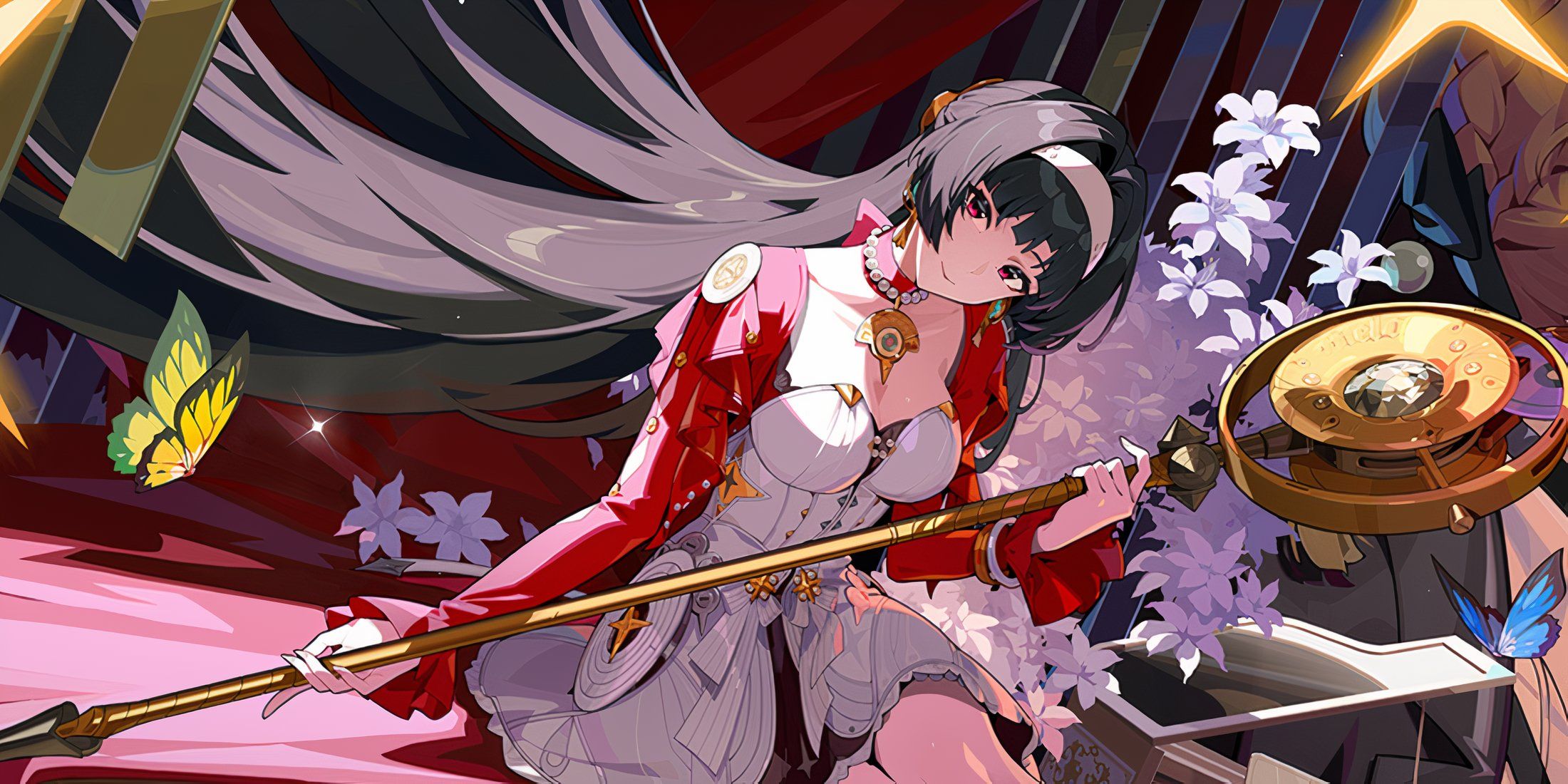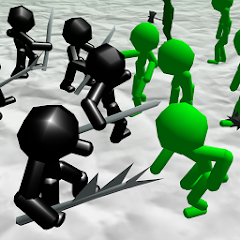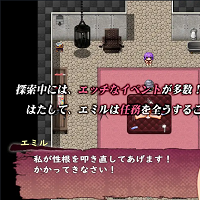After id Software's triumphant revival of Doom with the 2016 release and its even more refined sequel, Doom Eternal, in 2020, the franchise could hardly climb higher. Instead, Doom: The Dark Ages plants its feet firmly on the ground, bringing the high-speed, high-skill-ceiling first-person shooter experience closer to the hordes of Hell's minions in a medieval-themed prequel.
The new Doom shifts away from Eternal's platforming, focusing instead on grounded, strafe-heavy combat that emphasizes power. While Doom retains its signature arsenal of guns, the new Skull Crusher, prominently featured in the reveal trailer, adds a unique twist. This weapon uses the skulls of defeated enemies as ammunition, launching them at surviving foes in smaller, faster fragments. However, The Dark Ages also heavily prioritizes melee combat with three key weapons: the electrified gauntlet, which can be charged up; the flail; and the standout Shield Saw from last summer's reveal trailer, which can be thrown or used to block, parry, or deflect incoming attacks. "You're gonna stand and fight," game director Hugo Martin emphasized after a demo of the new Doom.
Perhaps unsurprisingly, Martin cites three seminal works as primary inspirations for The Dark Ages: the original Doom, Frank Miller's Batman: The Dark Knight Returns graphic novel, and Zack Snyder's 2006 film 300, which itself is based on a Miller graphic novel.
The trademark Glory Kill finishing-move system from modern Doom games has been revamped. Now, these fatalities can be executed from any angle on the battlefield and will adapt accordingly, reflecting the constant presence of enemy hordes around the player. The combat arenas in The Dark Ages have been expanded, reminiscent of the environments in 300 and the original Doom, allowing players to tackle objectives in any order and explore freely within the levels, which Martin notes have been slightly shortened to maintain an optimal length of about an hour each.
Addressing feedback from Doom Eternal, The Dark Ages will no longer rely on the Codex for storytelling. Instead, the narrative will unfold through cutscenes, promising an epic journey across the Doom universe described as "a summer blockbuster event with everything on the line," as the Slayer's power becomes a coveted prize among enemies.
Martin also highlighted the team's efforts to simplify the control scheme, acknowledging that Doom Eternal's controls were overly complex. The new game aims for intuitive controls, especially under pressure, with melee weapons equipped one at a time like equipment. Furthermore, the game introduces a single currency (gold) and focuses on hidden secrets that enhance skill progression rather than delving into lore.
Custom difficulty sliders allow players to fine-tune their experience, adjusting elements like game speed and enemy aggression directly from the UI.
Two standout sequences from the reveal trailer—the 30-story demon mech, Atlan, and the cybernetic dragonback riding—will not be one-off events but come with their own sets of abilities and minibosses. Importantly, there will be no multiplayer mode in The Dark Ages, as the development team has concentrated entirely on crafting the best possible single-player campaign.
For someone like me, whose gaming experience was transformed by the original Doom in 1993, Martin's shift away from Eternal's direction back to the foundational design principles of the classic game is particularly exciting. "It's just gotta be different [from Eternal]," Martin explained. "Especially if I loved the game. [If] I wanna play a Doom game, I wanna feel strong, but I'm OK with changing what that power fantasy is, especially if that change brings it closer to classic Doom."
This renewed focus on the essence of the original Doom has me more eager than ever for the release on May 15.

 Latest Downloads
Latest Downloads
 Downlaod
Downlaod




 Top News
Top News